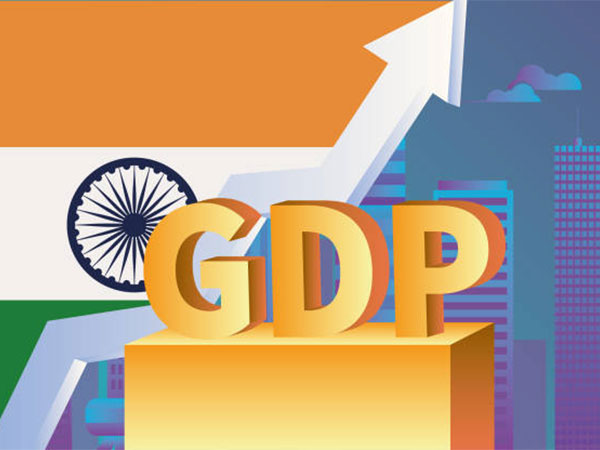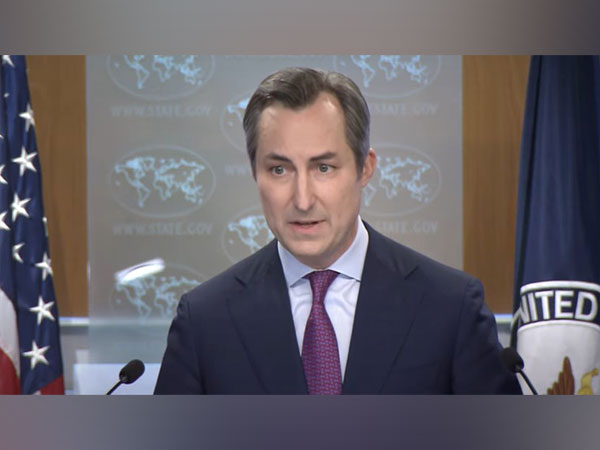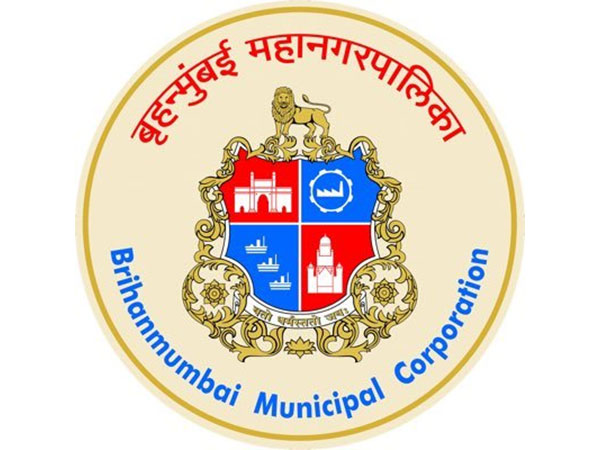New Delhi [India], September 3 (ANI): World Bank has revised the growth from a previous forecast of 6.6 per cent to 7 per cent for FY25, according to the latest India Development Update (IDU) released on Tuesday.
This marks an upward revision , underscoring India’s resilience in the face of challenging global economic conditions.
The report, titled India’s Trade Opportunities in a Changing Global Context, highlights India’s status as the fastest-growing major economy, with a remarkable growth rate of 8.2 per cent in FY23/24.
This growth was primarily driven by significant public infrastructure investments and a surge in household investments in the real estate sector. On the supply side, a buoyant manufacturing sector, which expanded by 9.9 per cent, and resilient services activity played crucial roles in offsetting the underperformance of the agriculture sector.
Urban unemployment rates have also seen gradual improvement, particularly among female workers, whose unemployment rate fell to 8.5 per cent in early FY24/25. However, the report notes that urban youth unemployment remains high at 17 per cent. On the external front, India’s foreign exchange reserves reached a record high of USD 670.1 billion in early August, equivalent to over 11 months of import cover, bolstered by a narrowing current account deficit and strong foreign portfolio investment inflows.
Despite global economic headwinds, the World Bank’s outlook for India remains positive, with growth projected to remain strong at 7 percent in FY24/25 and continue robustly through FY26/27.
The report also anticipates a decline in India’s debt-to-GDP ratio from 83.9 per cent in FY23/24 to 82 per cent by FY26/27, alongside a stable current account deficit of around 1-1.6 per cent of GDP over the same period.
The IDU emphasises the critical role of trade in sustaining and boosting India’s economic growth. The global trade environment has become increasingly protectionist, but the reconfiguration of global value chains following the COVID-19 pandemic presents significant opportunities for India.
The report highlights India’s efforts to enhance its competitiveness through the National Logistics Policy and various digital initiatives aimed at reducing trade costs. However, it also cautions that rising tariff and non-tariff barriers could potentially limit the effectiveness of trade-focused investments.
Auguste Tano Kouame, World Bank’s Country Director in India, said, “India’s robust growth prospects along with declining inflation will help to reduce extreme poverty. India can boost its growth further by harnessing its global trade potential.”
He added, “In addition to IT, business services and pharma where it excels, India can diversify its export basket with increased exports in textiles, apparel, and footwear sectors, as well as electronics and green technology products.”
To achieve its ambitious goal of USD 1 trillion in merchandise exports by 2030, the IDU recommends a three-pronged approach: reducing trade costs further, lowering trade barriers, and deepening trade integration.
The report points out that India’s share in global apparel exports has declined from 4 per cent in 2018 to 3 per cent in 2022, largely due to rising production costs and declining productivity.
Nora Dihel and Ran Li, Senior Economists and co-authors of the report, said, “With rising costs of production and declining productivity, India’s share in global apparel exports has declined from 4 per cent in 2018 to 3 per cent in 2022.”
They added, “To create more trade-related jobs, India can integrate more deeply into global value chains which will also create opportunities for innovation and productivity growth.” (ANI)
Disclaimer: This story is auto-generated from a syndicated feed of ANI; only the image & headline may have been reworked by News Services Division of World News Network Inc Ltd and Palghar News and Pune News and World News
HINDI, MARATHI, GUJARATI, TAMIL, TELUGU, BENGALI, KANNADA, ORIYA, PUNJABI, URDU, MALAYALAM
For more details and packages

















